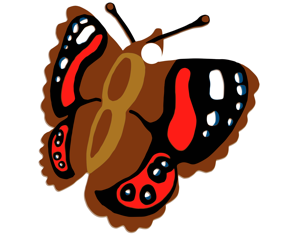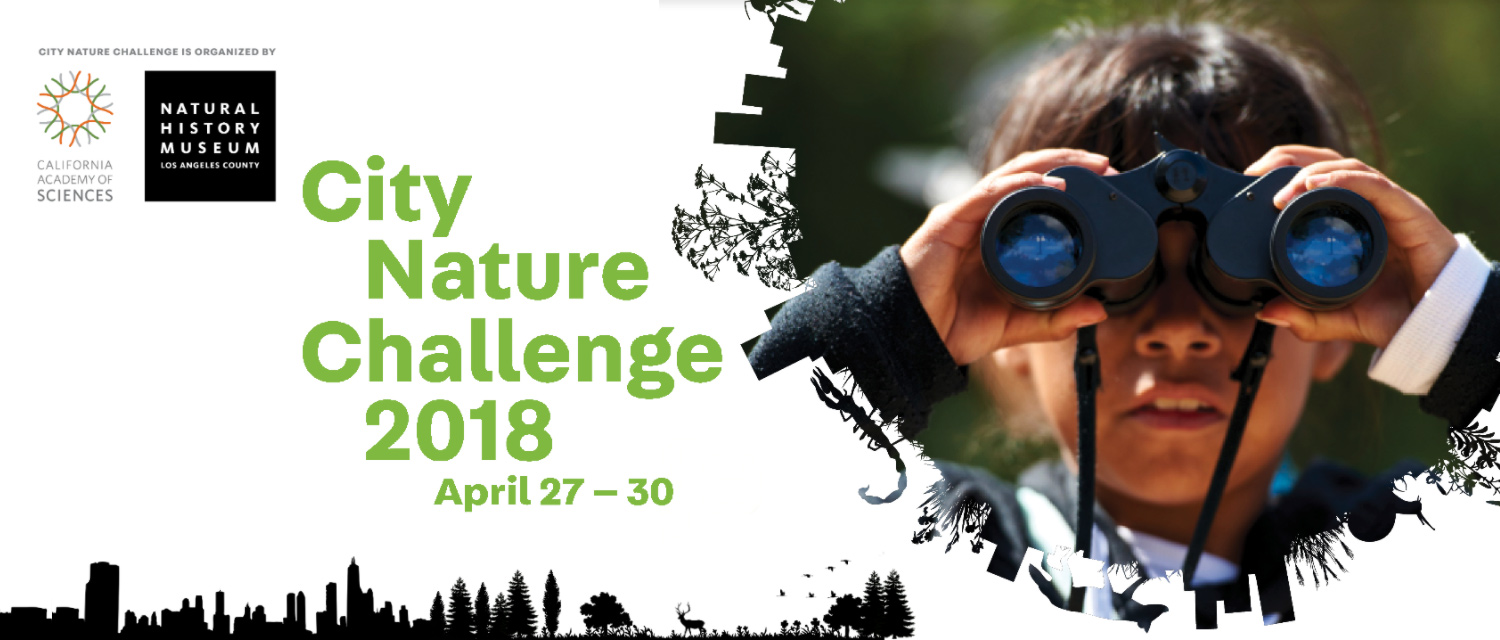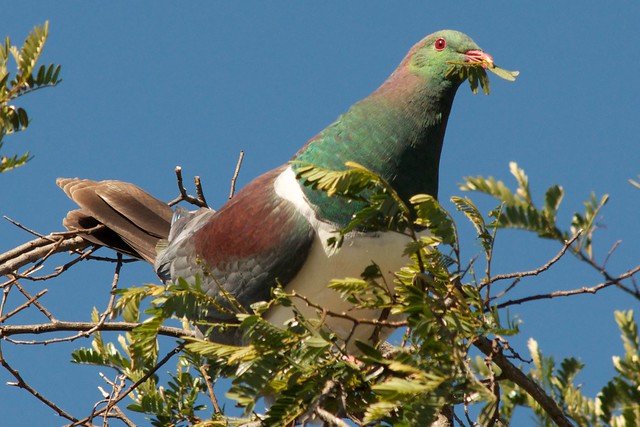This past month has been a busy time for our team. As many of you know, we rebranded from NatureWatch NZ to iNaturalist NZ — Mātaki Taiao.
iNaturalist NZ — Mātaki Taiao is a place for New Zealanders to share what they see in nature, set up citizen science and community-based monitoring projects, meet other nature watchers, and learn about Aotearoa's unique natural history.
Our website is exactly as it was before, but with a new name, a new web address (https://inaturalist.nz), and more security.
We have always powered the website using a version of iNaturalist.org’s global, open source technology that we optimised to record observations within New Zealand. Many of you will already recognise the name iNaturalist as it is the free mobile application that you use to add observations on the go.
All observations, projects, species, people, maps and places remain exactly as they were before. They are regularly backed up and stored by our international partner, iNaturalist, at the California Academy of Sciences.
Your usernames and passwords remain the same — the only thing that has changed is the web address and our brand.
We’d like to take this opportunity to thank you for your support and enthusiasm over the years.
Together, more than 9,000 observers have made over half a million observations from across Aotearoa.
This extraordinary effort puts us on the global map as having the most observations per capita on the iNaturalist network.
Our flourishing community has not disappeared nor been merged into iNaturalist.org as the old website currently states. iNaturalist NZ — Mātaki Taiao retains its unique identity and continues to function as it always has.
Already, we are looking to the future and have exciting plans to expand our scope, relevance, and application — watch this space!
We are making every effort to minimise disruption caused by the rebranding. However, it is possible that our move has affected existing links, apps, and other services that were operating from the old domain name.
If you find any issues or require help, feel free to contact our support team (help@inaturalist.nz) for assistance.
We will post updates here our website blog, as well as Facebook and Twitter.
Ngā mihi nui,
The team at New Zealand Bio-Recording Network Trust
Please note that we have no control over our old domain (naturewatch.org.nz). This means we are not responsible for any content posted there nor does it represent the views of the New Zealand Bio-Recording Network, iNaturalist NZ, or the global iNaturalist network. Some information posted on the old domain is potentially misleading and has no official connection to the New Zealand Bio-Recording Network Trust that operates iNaturalist NZ — Mātaki Taiao (formerly known as NatureWatch NZ).
Frequently Asked Questions
Who runs iNaturalist NZ — Mātaki Taiao (previously NatureWatch NZ)?
iNaturalist NZ — Mātaki Taiao is managed by the New Zealand Bio-Recording Network Trust (NZBRN Trust), a registered Charitable Trust in New Zealand.
What does Mātaki Taiao mean?
Mātaki Taiao is our Māori name and translates to watching nature. The word Mātaki means to gaze, watch, inspect, examine, or observe. Taiao translates to the natural world around us.
What happens to existing NatureWatch NZ links?
All previous naturewatch.org.nz links are now broken. Any links or widgets to the old website will need to be updated.
This can be done simply by replacing “naturewatch.org.nz” with “inaturalist.nz” in any web address.
For example:
naturewatch.org.nz/observations/9004912
BECOMES
https://inaturalist.nz/observations/9004912
If you have a large number of links to update, consider using the “find and replace” function.
What is iNaturalist.org and the iNaturalist Network?
iNaturalist.org is a hosted citizen science platform operated from the California Academy of Sciences and co-owned by National Geographic.
iNaturalist.org developers maintain the code base that operates iNaturalist NZ and our server, which securely stores your data. They also develop the mobile application that is used by iNaturalist NZ users.
iNaturalist NZ is one of a growing number of international partners in the iNaturalist Network.
Am I subscribed to iNaturalist NZ (formerly NatureWatch NZ) or iNaturalist.org?
Most users in New Zealand are using iNaturalist NZ — Mātaki Taiao. If you signed up using the iNaturalist app, you will have seen a pop-up window asking whether you would like to use the localised app. By agreeing, you signed up to iNaturalist NZ (formerly NatureWatch NZ).
However, users who didn’t agree to localise their app, or who first signed up at iNaturalist.org, are not officially part of the iNaturalist NZ community. This means we do not have access to their email addresses and have not been able to contact them directly about these changes. Please feel free to forward this email on and help us spread the word.
If you’re not sure whether you are part of the iNaturalist NZ — Mātaki Taiao community, visit your Account Settings on the iNaturalist NZ website (located by clicking your user icon on the top-right menu) and look at the “iNaturalist Network Affiliation” section.
How can I find iNaturalist NZ on social media?
We have updated our username, which means the links to find our social media profiles have changed. Our official Facebook page is now facebook.com/inaturalistnz and our official Twitter is now twitter.com/inaturalistnz.
The content and community remain the same. We will continue to use these pages to share official updates, news, and observations.
If you want to share your observations or get a species identified, please share it on the iNaturalist NZ website or use the iNaturalist app so our community of experts can help.
What is a domain?
All websites require a domain name and a server. The content of the website is hosted on the server and the domain name points people to that information through a web address (URL).
The iNaturalist NZ website (which includes all observations, projects, species, people, maps and places) is securely hosted on the iNaturalist servers.
Where can I read more about the rebranding?
You can read more about the shift to our new brand on the on our previous blog post. Check for updates here or on Facebook or Twitter.

























